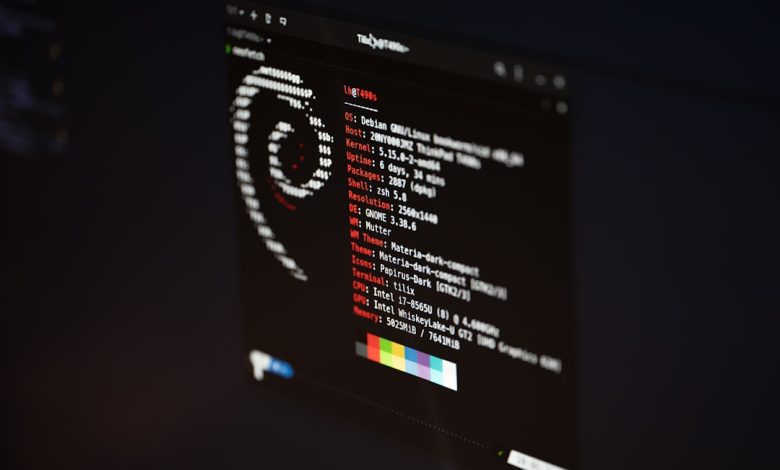How does payroll software handle deductions and garnishments?

In today’s fast-paced business environment, accurate and compliant payroll processing is not just critical—it’s legally mandated. Companies rely on payroll software to manage all aspects of employee compensation, including complex processes like deductions and garnishments. These tasks, while routine, can be legally sensitive and vary from employee to employee. Using reliable payroll software ensures organizations remain compliant while reducing administrative overhead.
Understanding how payroll software handles deductions and garnishments is essential for employers who must deliver precise and timely payroll. Here’s a closer look into how these systems function.
What Are Deductions and Garnishments?
Deductions refer to amounts taken out of an employee’s gross pay, potentially for a wide range of purposes, such as taxes, benefits, and retirement contributions. Garnishments are legally mandated deductions to repay debts, such as student loans, child support, or unpaid taxes, and are often ordered by a court or government authority.
Both require precise calculation and recordkeeping, which is where payroll software excels.
Types of Deductions Handled by Payroll Software
Payroll systems can automatically manage numerous types of deductions, including:
- Statutory Deductions: These include Social Security, Medicare, federal income tax, and state and local taxes. These are required by law and calculated based on current tax tables.
- Voluntary Deductions: These may include health insurance premiums, retirement contributions, and health savings accounts (HSAs). Employees authorize these deductions in writing.
- Miscellaneous Deductions: Things like union dues, donations, or uniform costs may also be deducted with employee consent.
How Payroll Software Processes Deductions
Modern payroll systems are programmed to compute deductions dynamically based on:
- Employee classification (full-time, part-time, contractor)
- Salary or hourly wage rates
- Geographical tax codes and brackets
- Cafeteria or Section 125 benefit plans
The software calculates each deduction amount for the pay period, applies it to gross income, and records it in digital pay stubs and payroll reports.
[ai-img]payroll, computer screen, employee data[/ai-img]Handling Wage Garnishments
Wage garnishment involves a legal process requiring employers to withhold a portion of an employee’s earnings to pay off a debt. Payroll software handles garnishments by:
- Receiving and Interpreting Orders: The software allows HR or payroll specialists to input court orders or agency notices. Some advanced systems may integrate with government databases for automatic updates.
- Applying Legal Limits: Federal law limits garnishments to a certain percentage of an employee’s disposable income. Payroll software calculates disposable income after deducting taxes and ensures that garnishment amounts do not exceed legal thresholds.
- Prioritizing Multiple Garnishments: If an employee has multiple garnishment orders, the software applies required prioritization rules (for example, child support obligations take precedence).
Each garnishment is tracked over time with the software maintaining detailed records for auditing and compliance purposes.
Compliance and Reporting Features
Compliance is a key component of managing deductions and garnishments. Payroll software typically includes features such as:
- Automatic Updates: Many platforms receive regular updates for tax rates and regulatory changes, ensuring accuracy across jurisdictions.
- Audit Trails: Each transaction is logged, providing a clear history for internal and external audits.
- Customizable Reports: Employers can generate reports for individual employees, departments, or garnishment types to meet legal and business requirements.
Benefits of Using Payroll Software for Deductions and Garnishments
Organizations that use payroll software to manage deductions and garnishments enjoy several advantages:
- Accuracy: Automated calculations reduce the chance of human error.
- Efficiency: Less time is spent manually managing deductions, allowing HR staff to focus on strategic initiatives.
- Scalability: The software grows with your organization, supporting more employees and complex compensation structures.
- Employee Transparency: Employees can view deduction and garnishment details clearly via digital pay stubs and portals.
Conclusion
Handling deductions and garnishments is a legally sensitive but essential part of payroll processing. By leveraging robust payroll software, businesses can ensure compliance, increase efficiency, and safeguard both employer and employee interests. Whether managing basic benefit deductions or complex wage garnishment orders, modern systems provide the accuracy and reliability needed in today’s regulatory landscape.



